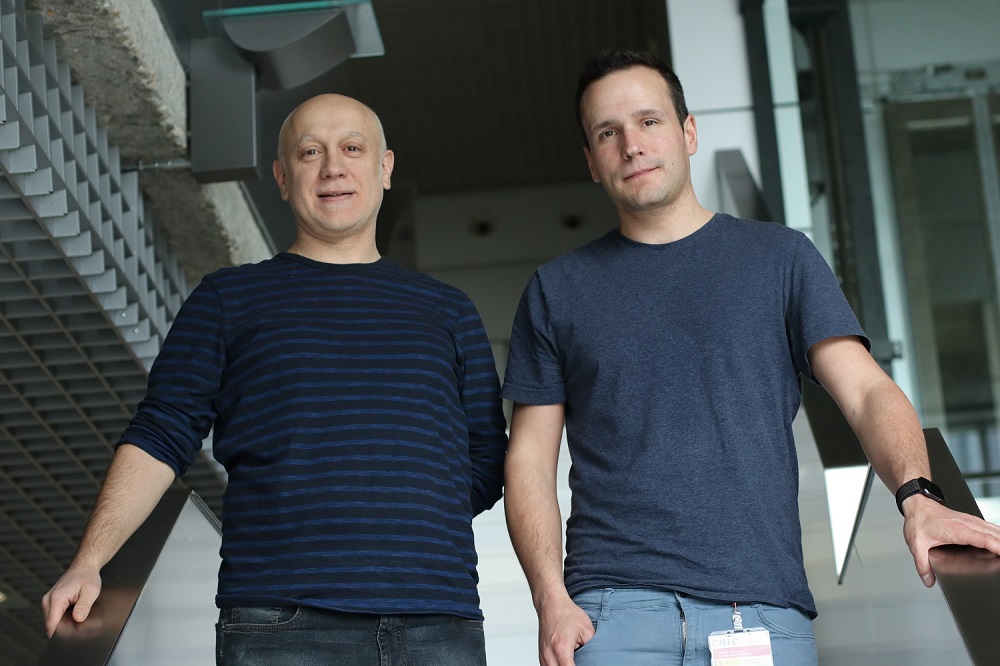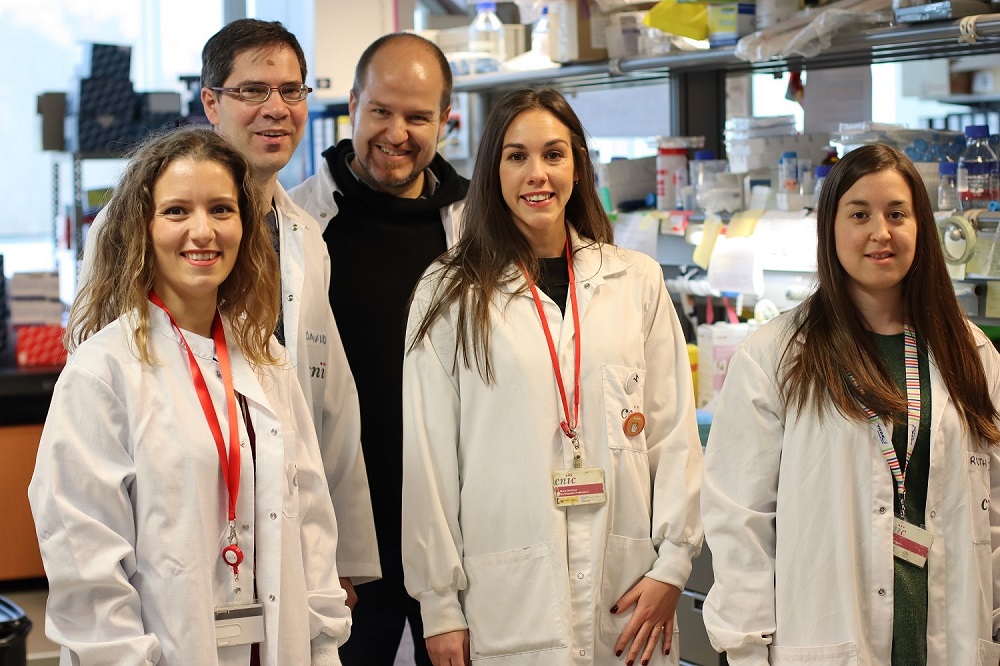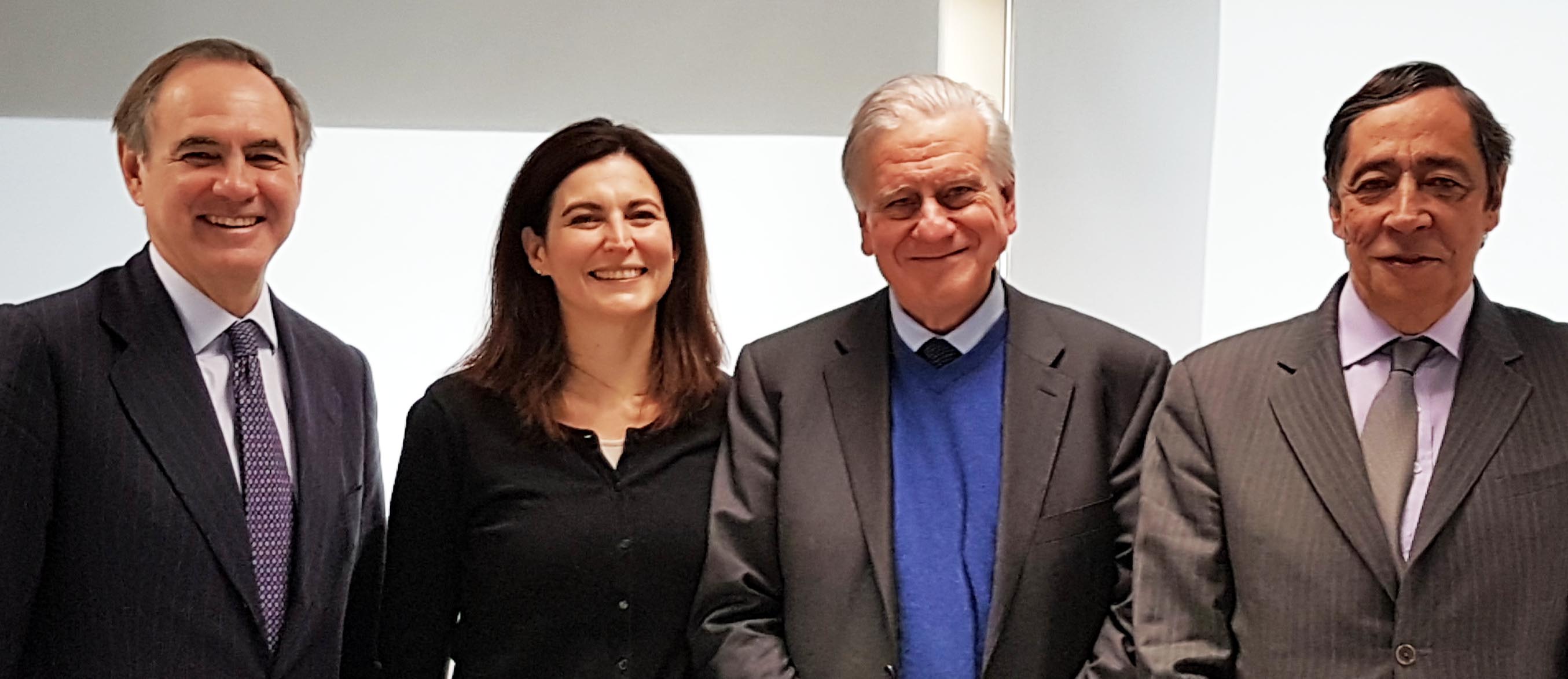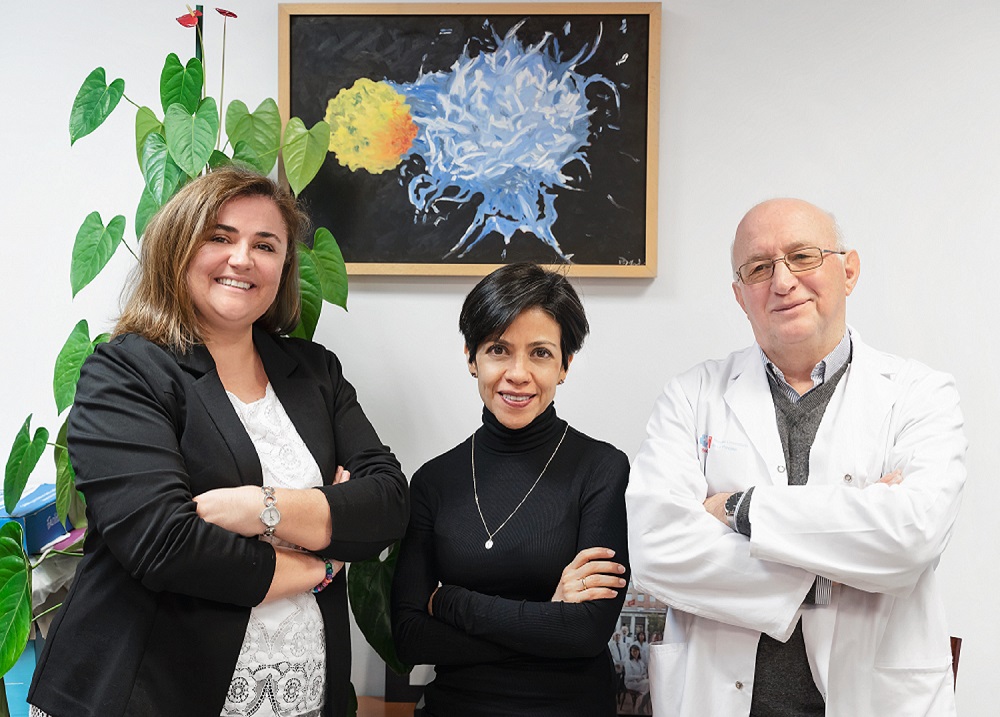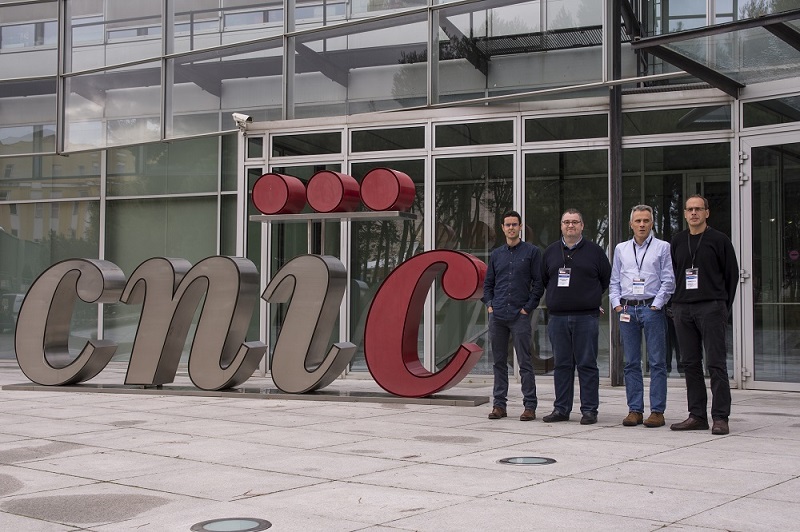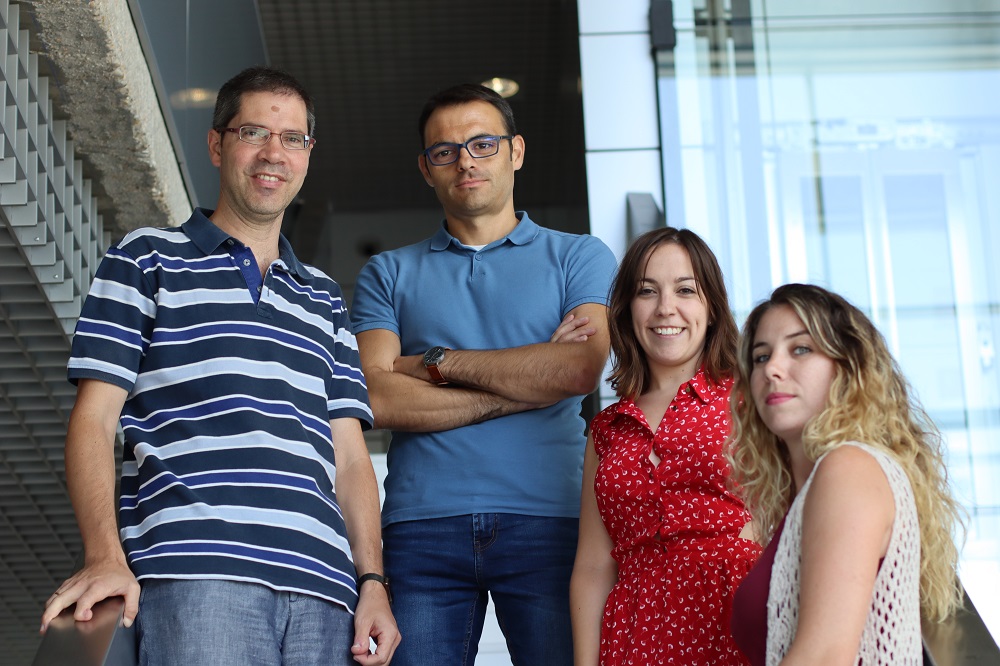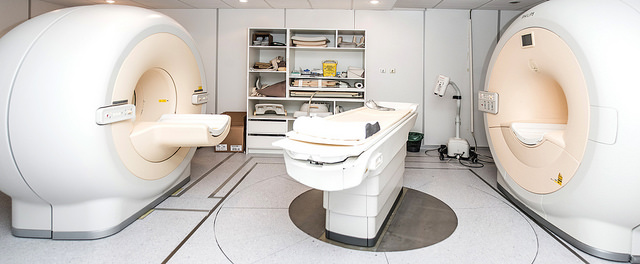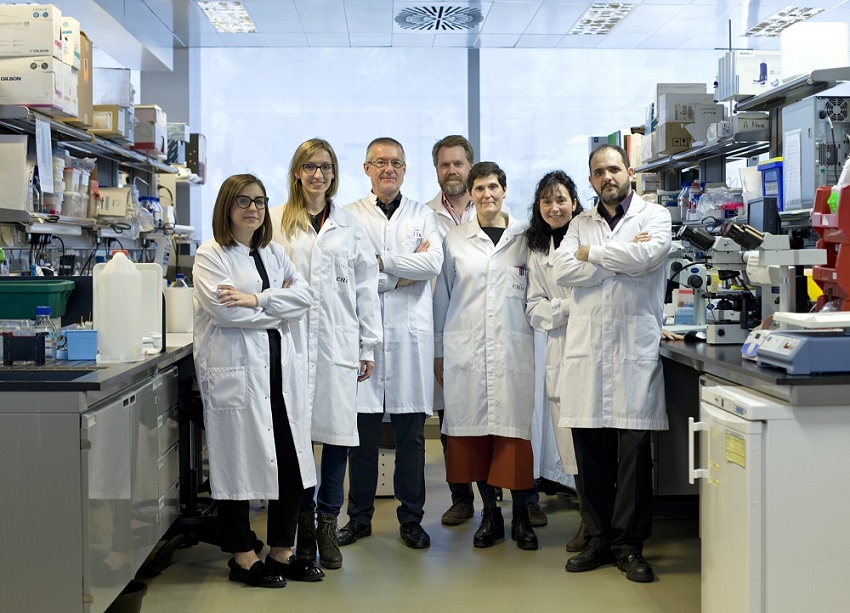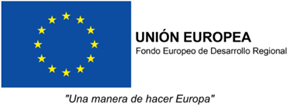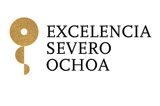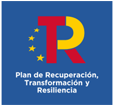News search
|
Research 30 Jan 2019 Neutrophils are the body’s main line of defense, but their action can also damage healthy cells in the cardiovascular system |
|
Research 30 Jan 2019 The study, published in Immunity, shows that some intestinal bacteria, such as Lactobacillus, strengthen the intestinal barrier by interacting with an immune cell receptor called Mincle (Clec4e) |
|
About the CNIC 18 Jan 2019
|
|
Research 16 Jan 2019 Poor quality sleep increases the risk of atherosclerosis according to the PESA CNIC- Santander Study published in the Journal of the American College of Cardiology (JACC) |
|
Research 8 Jan 2019 The expression on lymphocytes of the molecule CD69 inversely predicts the development of subclinical (symptom-free) atherosclerosis independently of classical cardiovascular risk factors |
|
Research 19 Nov 2018 The scientific event, which took place in Madrid, brought together more than 100 researchers from different fields of cardiovascular biology |
|
Research 19 Oct 2018 CNIC researchers have discovered a new inflammatory control mechanism that paves the way to controlling injury generated during the immune response |
|
Research 3 Apr 2018 The study is published in Science Translational Medicine and was conducted by researchers at the Centro Nacional de Investigaciones Cardiovasculares Carlos III (CNIC) |
|
Research 3 Apr 2018 ReDIB is composed of two nodes, located at the Centro Nacional de Investigaciones Cardiovasculares Carlos III (CNIC) in Madrid and the Centro de Investigación Cooperativa en Biomateriales (CIC biomaGUNE) in San Sebastián |
|
Research 5 Mar 2018 Investigadores del CNIC, del CIBERCV y de la Universidad de Oviedo han creado el primer modelo de ratón con aterosclerosis acelerada por la proteína progerina |
- ‹ previous
- 14 of 30
- next ›
